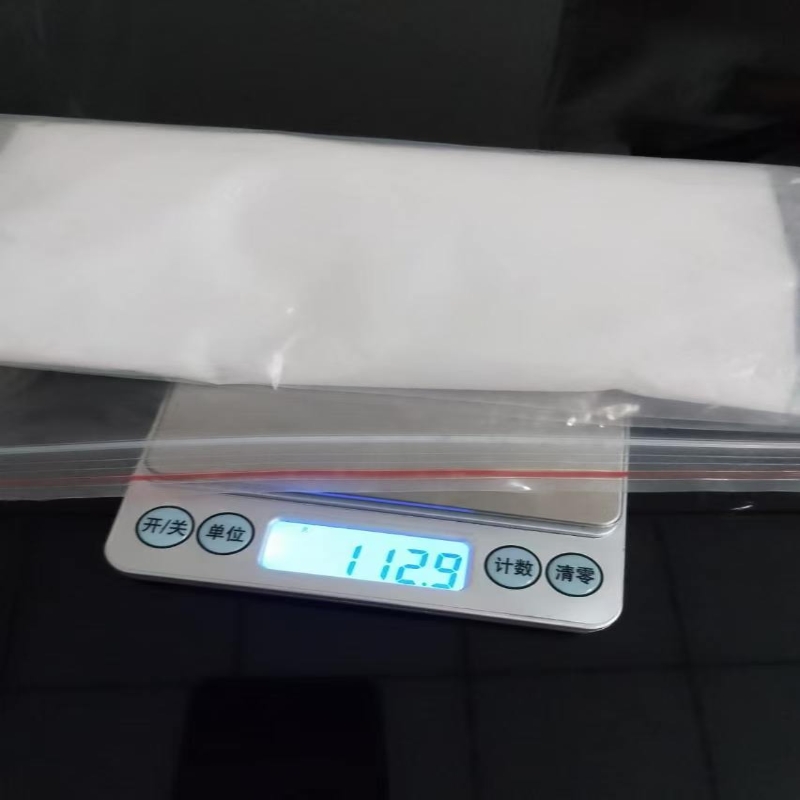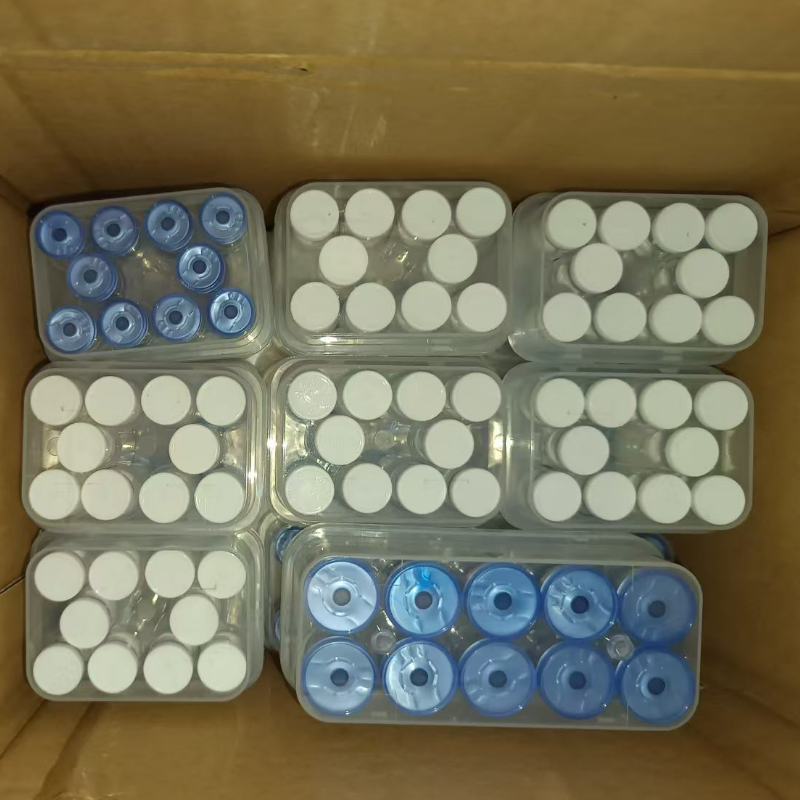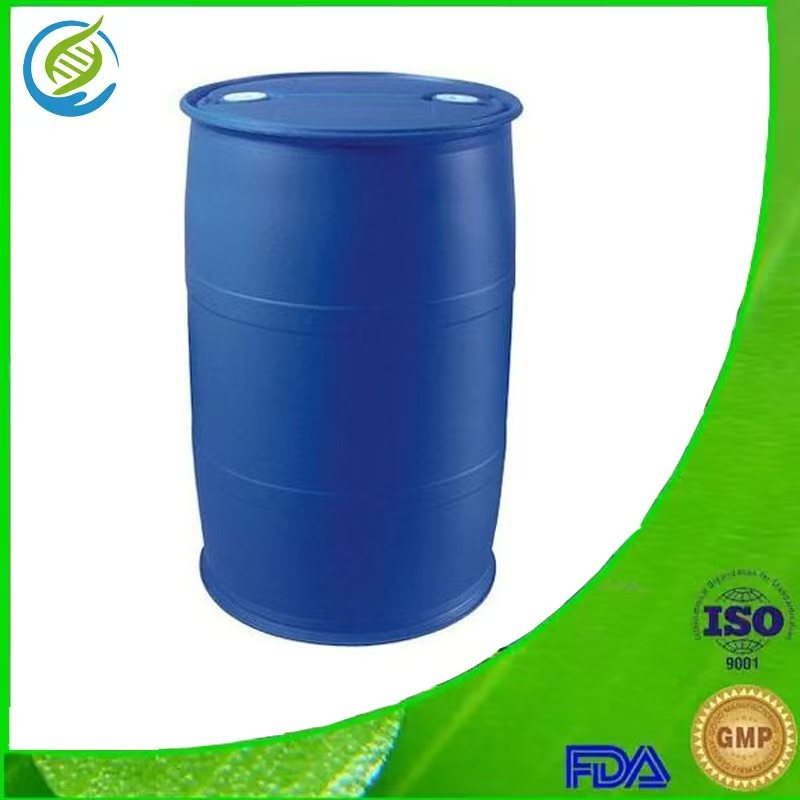-
Categories
-
Pharmaceutical Intermediates
-
Active Pharmaceutical Ingredients
-
Food Additives
- Industrial Coatings
- Agrochemicals
- Dyes and Pigments
- Surfactant
- Flavors and Fragrances
- Chemical Reagents
- Catalyst and Auxiliary
- Natural Products
- Inorganic Chemistry
-
Organic Chemistry
-
Biochemical Engineering
- Analytical Chemistry
-
Cosmetic Ingredient
- Water Treatment Chemical
-
Pharmaceutical Intermediates
Promotion
ECHEMI Mall
Wholesale
Weekly Price
Exhibition
News
-
Trade Service
Magnetic resonance imaging (MRI) is a well-established clinical imaging modality
for diagnosing breast diseases.
The American College of Radiology Breast Imaging Reporting and Data System (BI-RADS) provides a universal language for characterizing breast lesions that radiologists can interpret and give a final score to the lesions, indicating the likelihood of
malignancy.
However, for lesions for which typical malignant or benign features cannot be identified, such as those in BI-RADS 3 and 4A, reader-to-reader agreement is poor
.
The Kaiser Score (KS) is a machine learning-derived clinical decision-making rule based on the MRI BI-RADS descriptor that provides an intuitive flowchart structure that guides the reader through a step-by-step lesion assessment
.
KS values range from 1 to 11, higher values indicate a greater risk of malignancy, and KS can also be converted into BI-RADS
.
If the KS value of one lesion is greater than 4, a biopsy
is recommended.
Diffusion-weighted imaging (DWI) is a commonly used non-contrast MRI technique that evaluates the microstructure of tissues by describing the diffusion of water molecules, and the apparent diffusion coefficient (ADC) is a quantitative measure
of diffusion.
Due to the higher cell density, malignant lesions have lower
ADC values compared to benign lesions.
Many studies have attempted to define thresholds for distinguishing benign and malignant breast lesions, as well as to distinguish between invasive and non-invasive ductal carcinoma in situ (DCIS).
Since the diagnostic value of ADC has been proven, how to combine it with KS to diagnose breast cancer will become a very clinically promising research field
.
A study published in the journal European Radiology evaluated the diagnostic performance of breast cancer using Kaiser score (KS) (KS+) and machine learning (ML) models adjusted by apparent diffusion coefficient (ADC), providing technical support
for accurate risk stratification and reducing unnecessary biopsies.
A dataset of 402 malignant lesions and 257 benign lesions was included for evaluation
.
KS was assigned by two radiologists
.
If the ADC of a KS>4 lesion > 1.
4×10-3 mm2/s, the KS decreases to 4 and becomes KS+
.
To treat the full spectrum of the ADC as a continuous variable, KS and ADC values are used to train a diagnostic model
with 5 ML algorithms.
Its performance was evaluated using ROC analysis and compared
by DeLong testing.
Sensitivity, specificity, and accuracy were obtained using thresholds of KS>4, KS+>4, and ADC≤1.
4×10-3 mm2/s, and compared by McNemar's test
。
The ROC curves for KS, KS+, and all ML models are comparable in the range of 0.
883-0.
921, which is significantly higher than that of ADCs (0.
837, P < 0.
0001).
KS sensitivity = 97.
3%, specificity = 59.
1%; The sensitivity of KS+ = 95.
5%, and the specificity was significantly increased to 68.
5% (P < 0.
0001).
However, when set at the same sensitivity of 97.
3%, KS+ does not improve specificity
.
In ML analysis, logistic regression models perform best
.
At sensitivity = 97.
3% and specificity = 65.
3%, i.
e.
compared to KS, 16 false positives could be avoided without affecting the true breast cancer diagnosis (p = 0.
0015).
Figure The ROC curve resulting from predicting the probability of breast cancer using Reader 2's KS and KS+ scores, ADC values, and logistic regression model built using machine learning algorithms
This study showed that when using ADCs to modify KS to KS+, the specificity of the diagnosis was increased (9.
4-9.
7%) and the sensitivity was slightly decreased (1.
5-1.
8%); Overall accuracy improved (2.
6-2.
9%)
.
In the ROC analysis, KS, KS+, and all ML models showed no significant differences
in AUC.
When KS and continuous ADC values are used to train ML models, diagnostic performance
can be further improved while maintaining high sensitivity.
Original source:
Zhong-Wei Chen,You-Fan Zhao,Hui-Ru Li,et al.
Assessment of breast lesions by the Kaiser score for differential diagnosis on MRI: the added value of ADC and machine learning modeling.
DOI:10.
1007/s00330-022-08899-w







